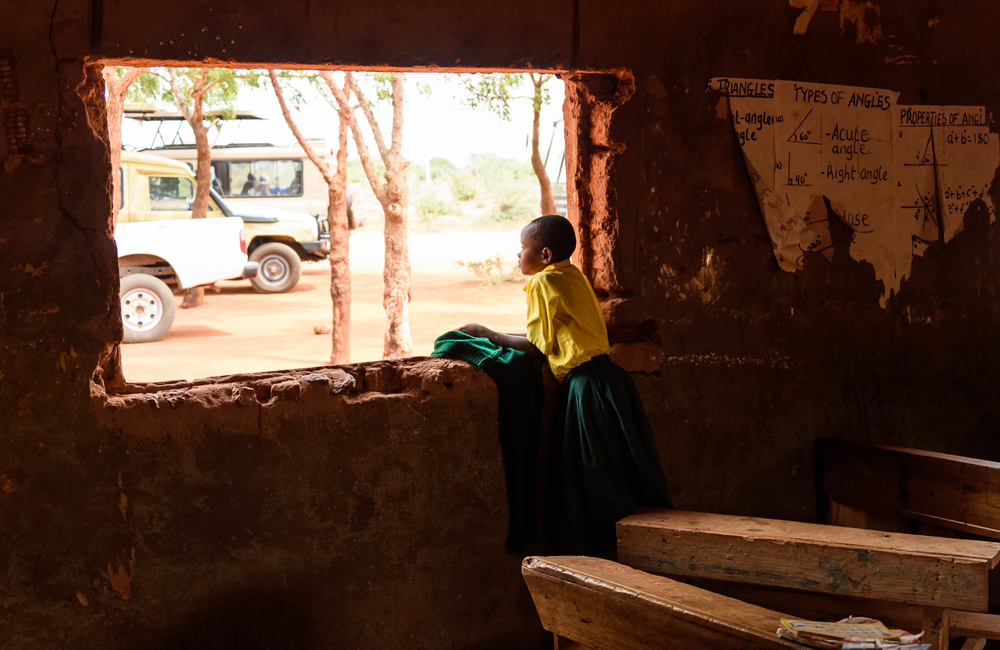EULAR – The European Alliance of Associations for Rheumatology – has identified an unmet clinical need around the assessment of disease activity in people with adult-onset Still’s disease. New points to consider aim to address this…
Category: 6. Health
-

Higher education increased HIV risk in Africa then became protective
Early research studies in Africa that found higher education was associated with a greater risk of HIV have often been dismissed as errors or anomalies, especially once later research suggested the opposite pattern. But a recently published…
Continue Reading
-

Preventing kidney damage after surgery with biomarkers • healthcare-in-europe.com
‘Acute kidney injury after surgery is a frequently underestimated problem,’ emphasises Prof Alexander Zarbock, director of the Department of Anaesthesiology, Surgical Intensive Care Medicine and Pain Therapy at the University Hospital…
Continue Reading
-

Misophonia Has Genetic Links to Anxiety And Depression, Study Reveals : ScienceAlert
Most of us can relate to feeling uncomfortable when someone scrapes their nails down a chalkboard.
For those with the condition misophonia, sounds like slurping, snoring, breathing, and chewing can draw an equally stressful response.
A study…
Continue Reading
-
Mobile Health Tool Helps Improve Quality of Life For Young Breast Cancer Survivors
Adolescent and young adult breast cancer survivors who used a novel mobile health (mHealth) intervention to self-manage post-treatment symptoms and concerns were able to improve their quality of life and reduce the burden of common symptoms…
Continue Reading
-
Kenya broadens sexual and reproductive health mobile outreach services for hard-to-reach communities | WHO
Nairobi—Kenya is addressing critical gaps in access to sexual and reproductive health and rights services in six priority counties, including those with health clients that are hard to reach.
The Ministry of Health is implementing a two-year…
Continue Reading
-
Clinical Trial of Personalized Cancer Vaccine Demonstrates Feasibility, Safety, Immune Activation
The first-in-human clinical phase I trial assessing the feasibility and safety of WDVAX, an immunostimulatory biomaterial-based cancer vaccine, in a cohort of 21 patients with stage 4 metastatic melanoma, was concluded with positive outcomes that…
Continue Reading
-
Fat tissue around the heart may contribute to greater heart injury after a heart attack
Notes to editor
Funding: Doctor Schulz receives funding from the German Research Foundation and German Centre for Cardiovascular Research.
Disclosures: Ms Hagedorn and Doctor Schulz report no disclosures related to this…
Continue Reading
-

Recurrent Disseminated Talaromyces marneffei infection Mimicking Liver
Introduction
Talaromycosis, a systemic mycosis caused by Talaromyces marneffei (T. marneffei), is highly endemic in Southeast Asia but is rarely reported elsewhere.1 T. marneffei infection commonly occurs in individuals positive for human…
Continue Reading
-
expert reaction to the latest UKHSA National flu and COVID-19 surveillance report
Scientists comment on the UK Health Security Agency’s flu and COVID-19 surveillance report.
Prof Antonia…
Continue Reading
